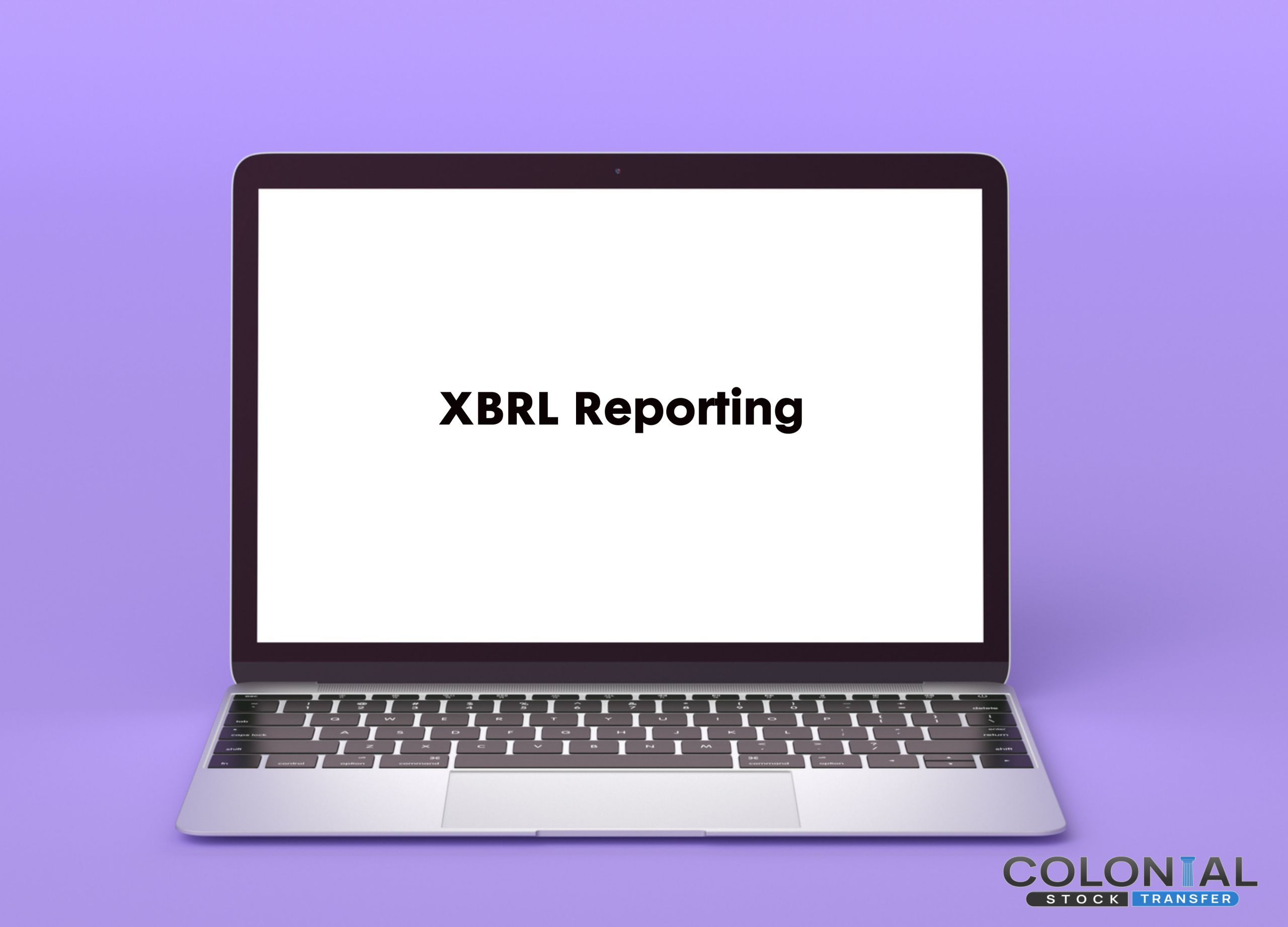
Many companies and consultants help others comply with eXtensible Business Reporting Language (XBRL) formatting. You may not know everything about XBRL, but it’s a good idea to learn from your providers and experts about what to do and when. You will be more prepared and may make fewer mistakes in the future. Complying with XBRL formatting can be a burden to those who have no experience; however, hiring a trusted SEC filing agent will alleviate your stress.
Adequate Preparation
Planning is the most vital to being successful with XBRL tagging. You should prepare financial reports early on so that auditors can quickly review the finished documents.
Standardization
Using a standardized template is one of the best ways to remain consistency from quarter to quarter. When creating your standard template, it is important to choose the right phrases─for example: “Accounts Receivable” instead of “an increase in accounts receivable.” This will help you create consistency and expedite the tagging process.
Interpreting XBRL
XBRL formatting is displayed differently than formats like HTML, even though both contain the same information. In your statements, you may see that underline marks are missing, headings don’t match, or parenthetical tables are added; footnotes may have text values expressed in those tables, and tables may have extra rows and columns. However, do not panic about this unique formatting; it is in fact normal. The format is based on automated computer processes that work in the background to verify your data and ensure accurate formatting.
Footnotes and Statements
The number of XBRL tags increases or decreases as companies add or remove information to and from their financial statements. Your XBRL service provider will prepare such tagging. However, it is important to take the extra time necessary to review the tagging and how each tag relates to the information within your statements. This will again ensure accuracy and readability of your XBRL financial reports.
Likewise, you should match line items within your financial statements and footnotes and express them with the same values and tags throughout your filings. Consistency is important because without it, tags may consequently display different and potentially inaccurate information.




